I’ve always been drawn to the quiet corners of the world, the places where time seems to slow down and nature whispers its secrets. Japan’s Kiso Valley, nestled deep within the mountains of Nagano Prefecture, has been calling to me for years. The images I’d seen – of the preserved post towns of Tsumago and Magome, their wooden buildings clinging to the ancient Nakasendo Trail – promised a journey back in time, a glimpse into a Japan of centuries past. Finally, I’m here, ready to lace up my hiking boots and explore this enchanting valley, eager to experience its beauty and tranquility firsthand.
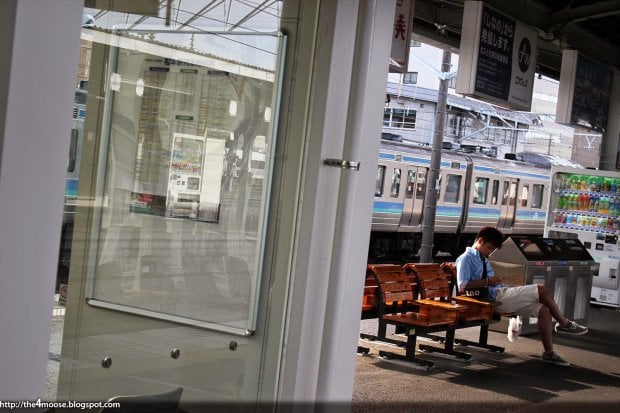
I have long wanted to visit the fabled Kiso Valley of Central Japan, known for its rural villages and natural scenery. I do not know what came over me that day when I decided to just deviate from my original plan to head straight to Kyoto, bypassing Kiso Valley.
Also read: How Much Do You Really Need For Japan?
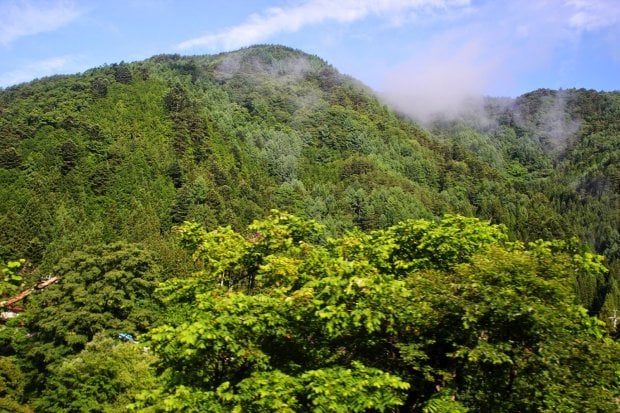
That morning I thought to myself, “ah heck, when would I be back again?” and the next thing I know, I was making reservations to Nagiso and I was on my way to visit the Kiso Valley. I was thinking, “Just taking a short walk at Tsumago then I will be back on track for Kyoto.”
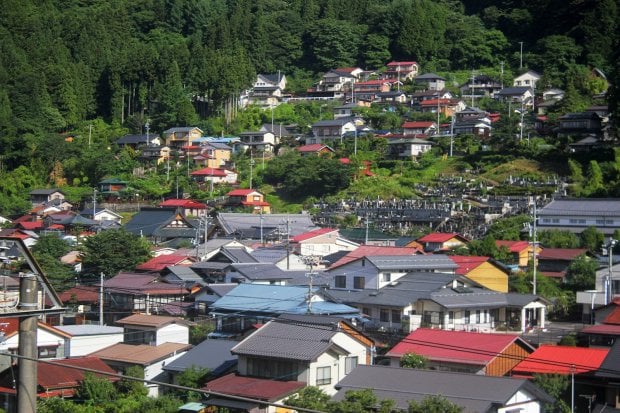
As the train made its way down the winding tracks of Kiso Valley, passing by rustic villages and amazing greenery lit by the morning sun, I could feel some kind of excitement growing in me, I seldom break away from my own itineraries and I do not know what to expect at the end.

Nagiso Station, which serves the town of Nagiso, a small little riverside town is just a modest train station with a waiting area with some lockers. If you are travelling by rail, Nagiso Station is the gateway to Tsumago, which is located on the Nakasendo Highway that Kiso Valley is very well-known for. From Nagiso Station, Tsumago is just a short 300 Yen bus ride away.
Also read: Going Japan? Tips and Advice on Japan Rail Pass
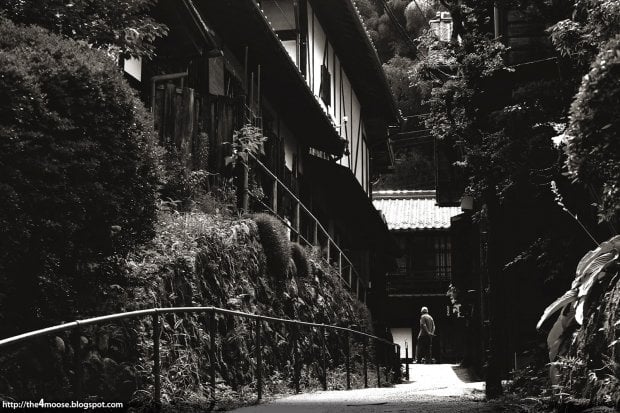
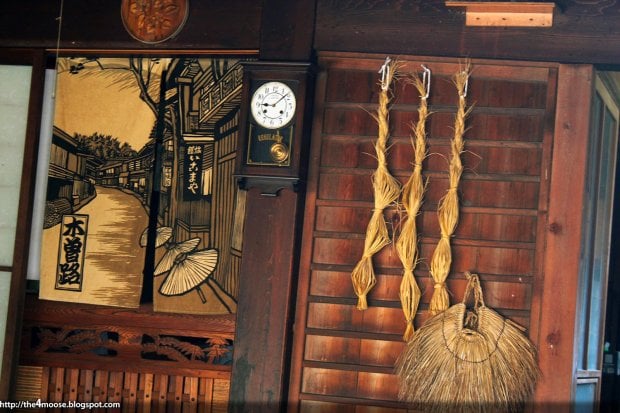
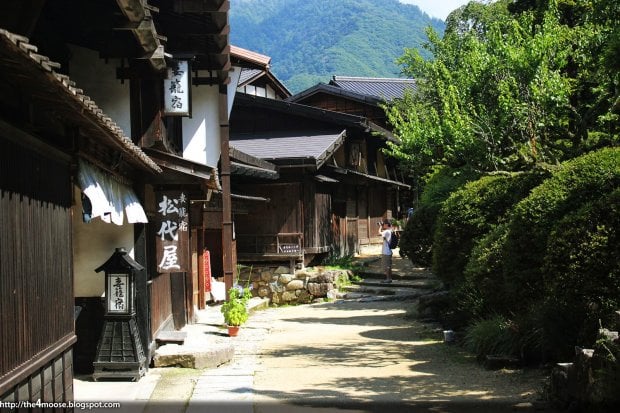
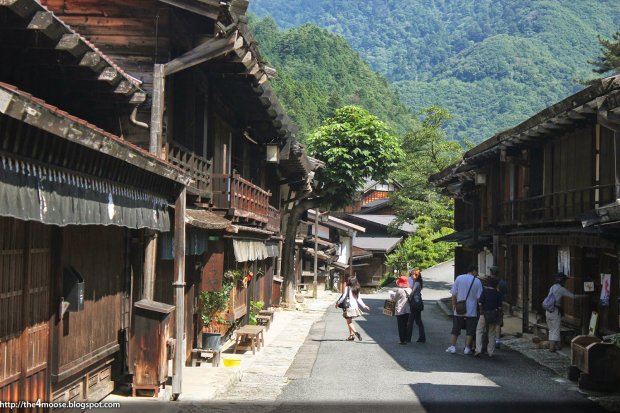
Tsumago, along with Magome are the two most famous towns in the Kiso Valley, both towns are post towns that once serve the artery connecting Kyoto, the imperial capital with Edo, the political centre of Edo Period Japan.
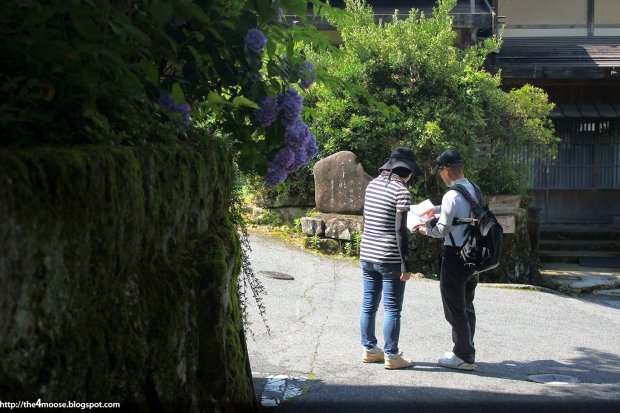
Visiting Tsumago in the early morning grants me the opportunity to explore this historic quintessential Japanese town without the tourist crowds.
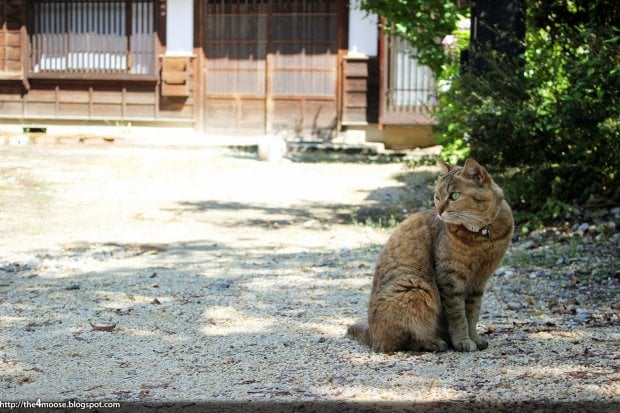
Noticing that I still have a bit of time after walking around Tsumago, I surprised myself venturing down the Tsumago-Magome trail, a popular hiking trail. Deep down, I was worried that what if I get caught in a rain, or get lost or miss my train to Nagoya and Kyoto? Nonetheless, I did not know why I decided to continue hiking along the trail to Magome. Perhaps it was the scenery or a personal challenge to finish the trail.

The 8 km trail goes through some smaller villages along Kiso Valley as well as picturesque forests and streams along the way.
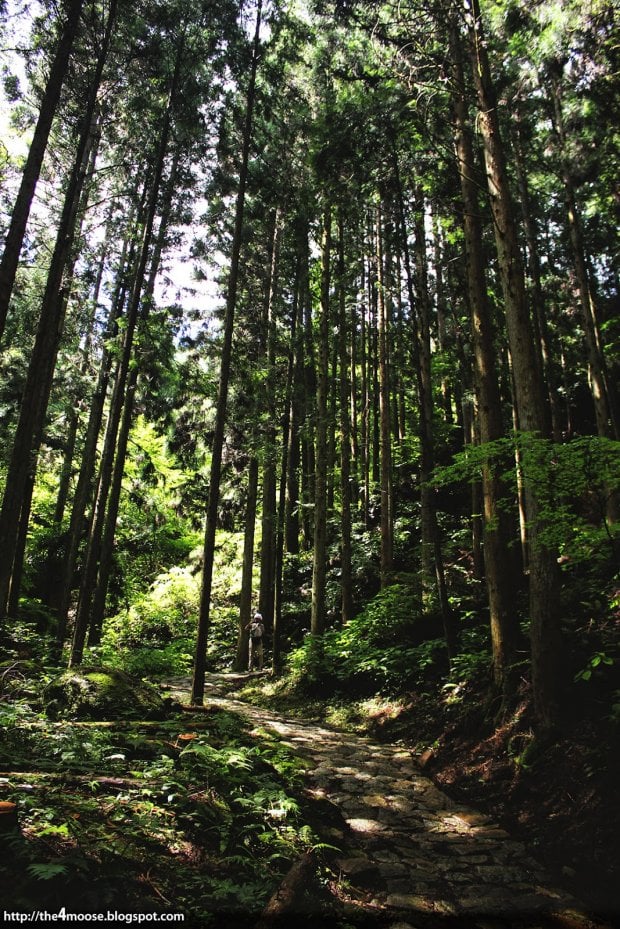
I also remember there are bells situated along the trail to scare of bears. And for a moment, I was wondering if anything does happen to me along the way, who would notice?
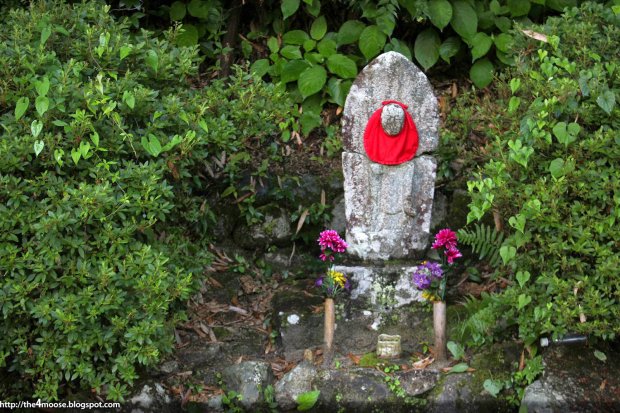

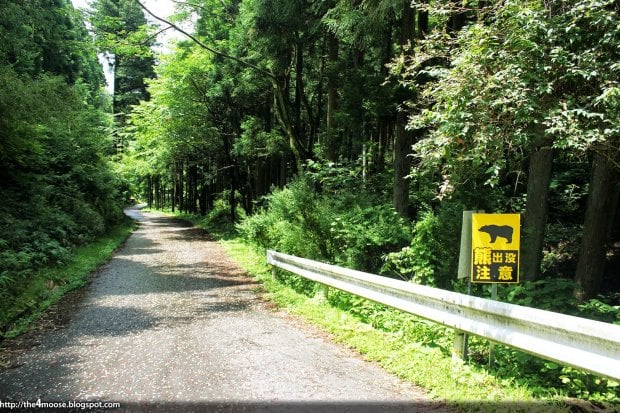
The Tsumago to Magome way is supposedly tougher, but if walking those route marches in Tekong for batches of recruits has any help, it makes 8km like a leisurely stroll.
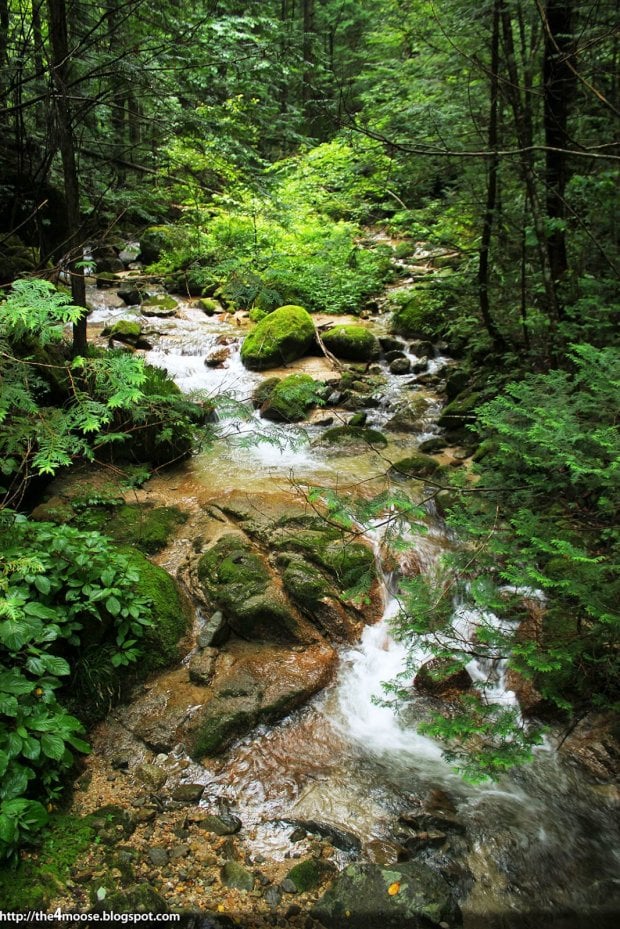
The entry to Magome from Tsumago was dramatic as an expansive vista of the Kiso Valley is hidden from sight until the climb over a series of stairs. It was one of the most memorable moments I had to finally coming to the end of the 8 km trail and encountering a breath-taking panorama of the mountains and hills in the distance.
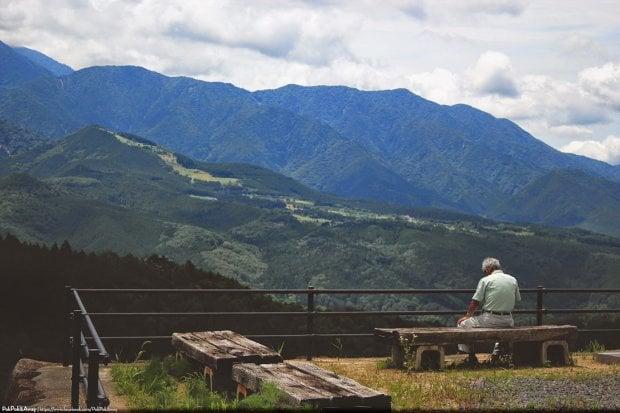
After a short exploration of Magome, another historic post town like Tsumago (except more touristy and crowded) I rewarded myself with a chilled bowl of Zensai, at a quiet and elegant café with views of the street before heading back to Nagiso via train from Nakatsugawa Station (a bus ride away from Magome) to collect my luggage.
Also read: Where To Go for A Taste of Traditional Japanese Cuisines

It was quite a long wait before the train to Nagoya arrives at the Nagiso Station. Out of curiosity, I went around the town to explore rather than waiting at the station. Nagiso is a quiet town with its hidden gems. Observing that I am a foreigner and waiting for my train, the owner of a neighbourhood convenience stall decided to share some of the sights of Nagiso.
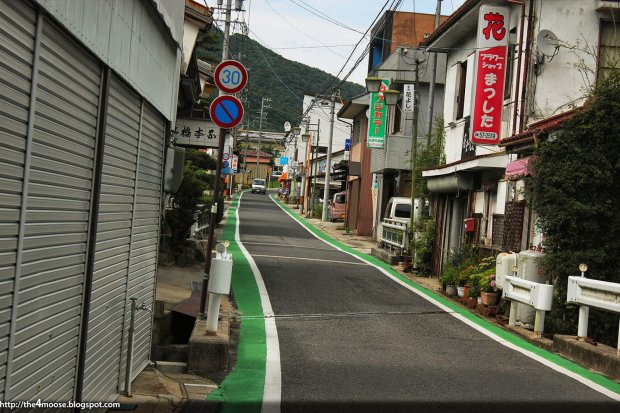
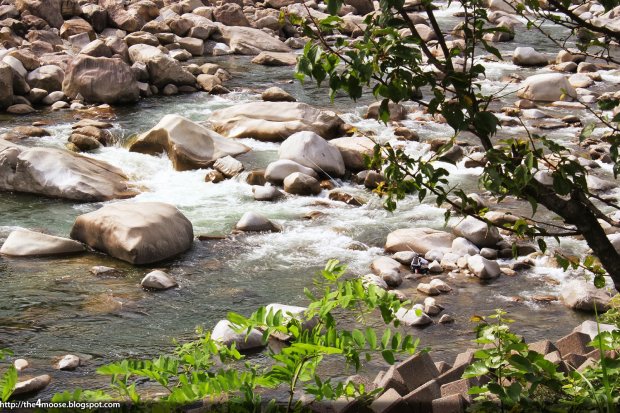
One of the most remarkable sights here is a wooden bridge known as the Momosukebashi, which was built by Momosuke Fukuzawa. The bridge is amazing as it was a suspended bridge constructed with wood and spans 247 metres. There is also a small museum dedicated to Momosuke Fukuzawa, the founder of Daido Electric Co. Ltd (1917) and the “King of Electric Power” from the Taisho Period of Japan.
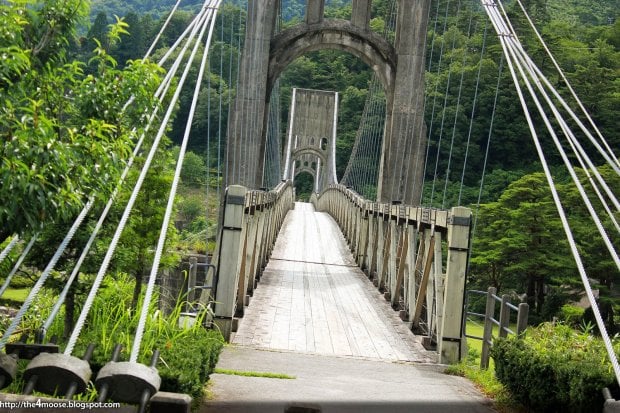
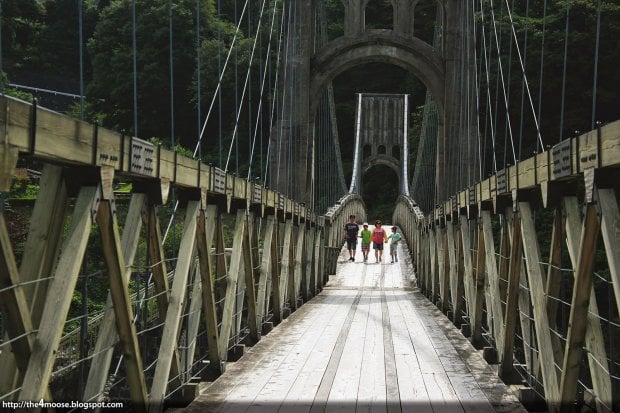
Besides checking out these attractions, the owner of the convenience store also shared with me his love for mountain climbing and suggests me to explore these majestic peaks in the Nagano region if I do return to Japan someday.
Someday.
Contributed by Pok Pok and Away.





